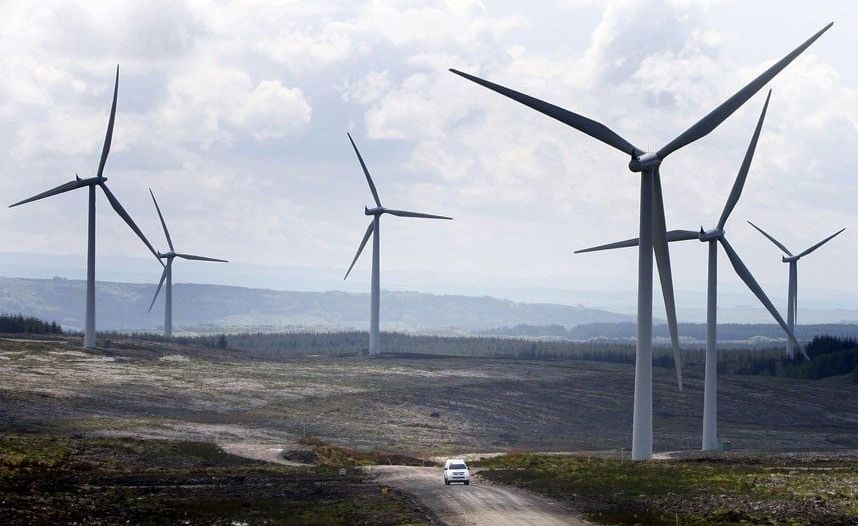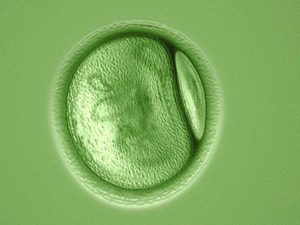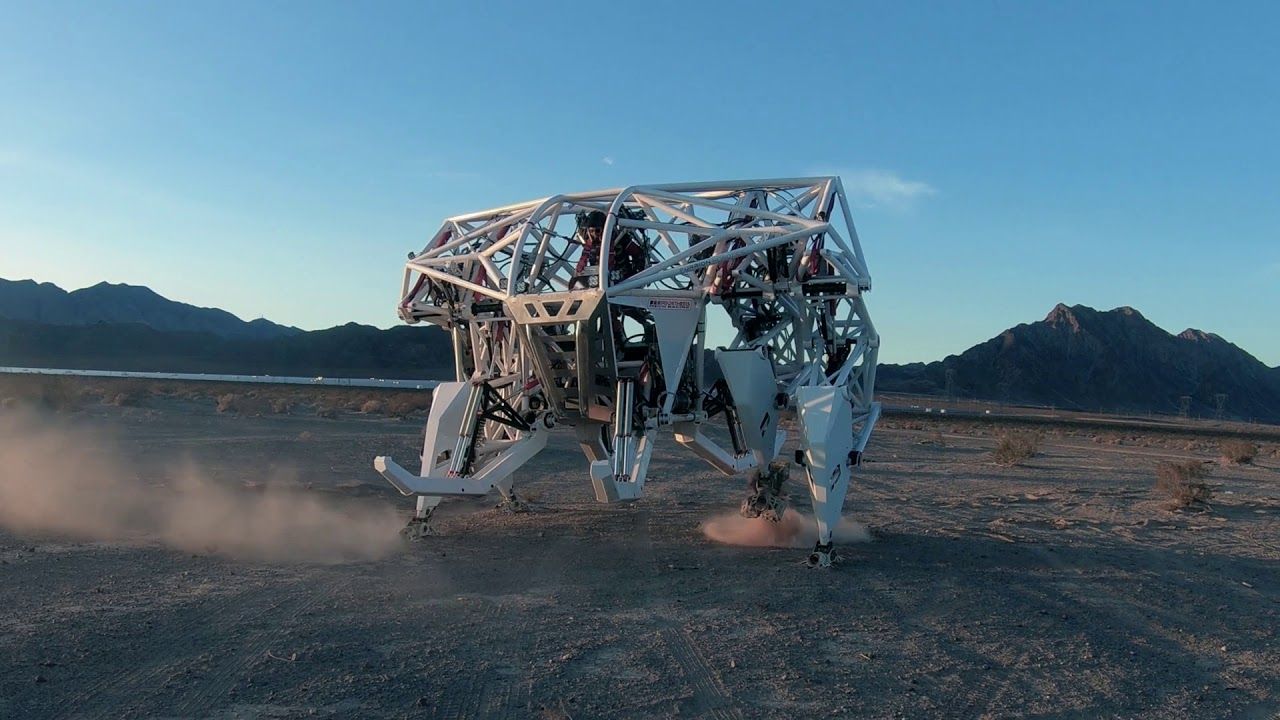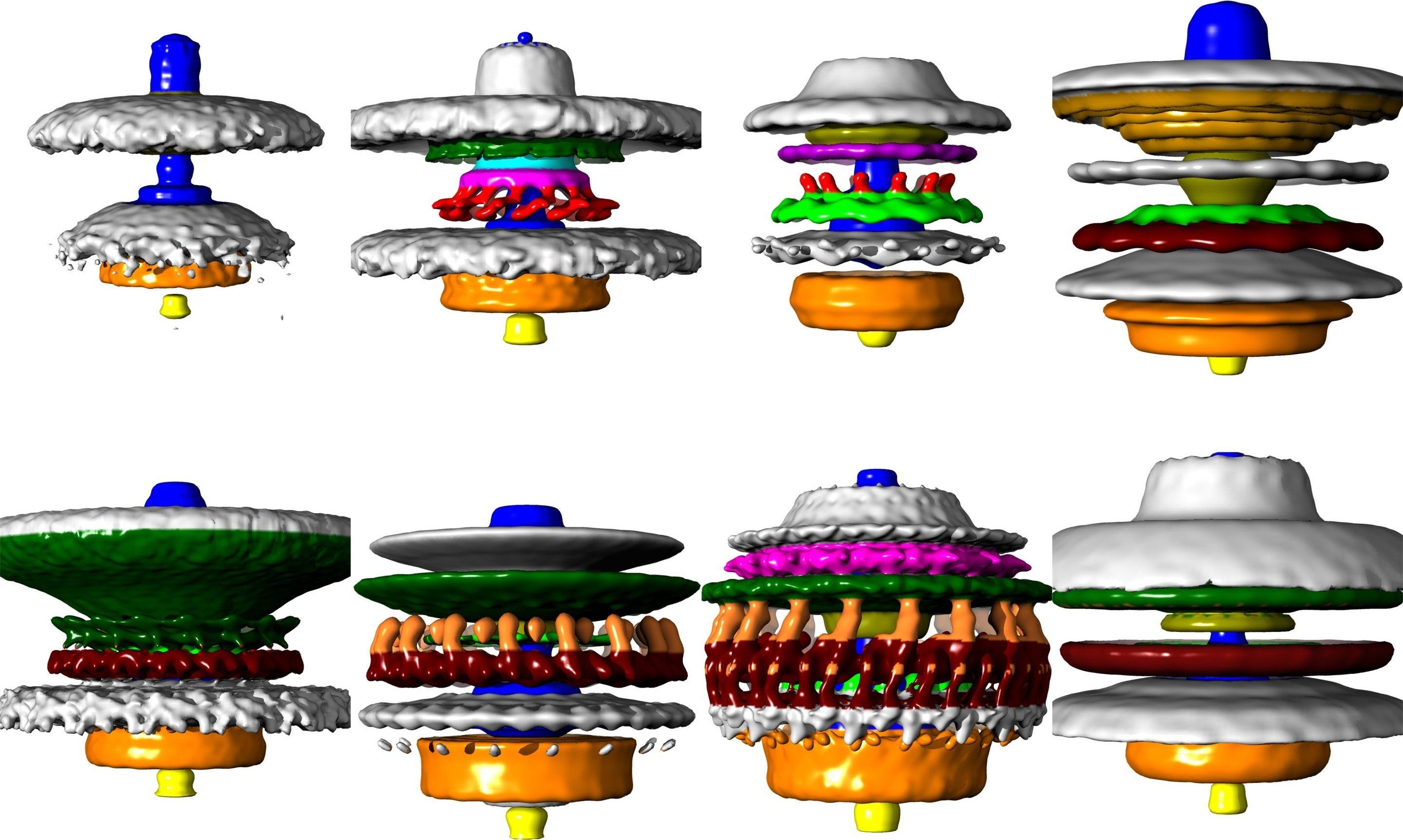
The scientist behind an advanced sex robot has plans for 3D printed offspring. Samantha, developed by Spanish robotics firm Synthea Amatus, went on sale in the United Kingdom last month for around $5,000 — but while the A.I. present in the initial version offers a range of functions like telling jokes, discussing philosophy and synchronizing climaxes, a future version could offer more ambitious features.
“I can make them have a baby. It’s not so difficult. I would love to have a child with a robot,” Sergei Santos, creator of Samatha, told The Sun in a Friday story.
Sex robots are a growing, but controversial, area of artificial intelligence. While some argue that such machines could spark a wider discussion about sexuality, others object to the aim to replicate human interaction. Futurologist Ian Pearson claims that by 2050, more than half of people will have sex with a robot.
Continue reading “Sex Robots That Can Make Babies May Soon Be Available” »


















